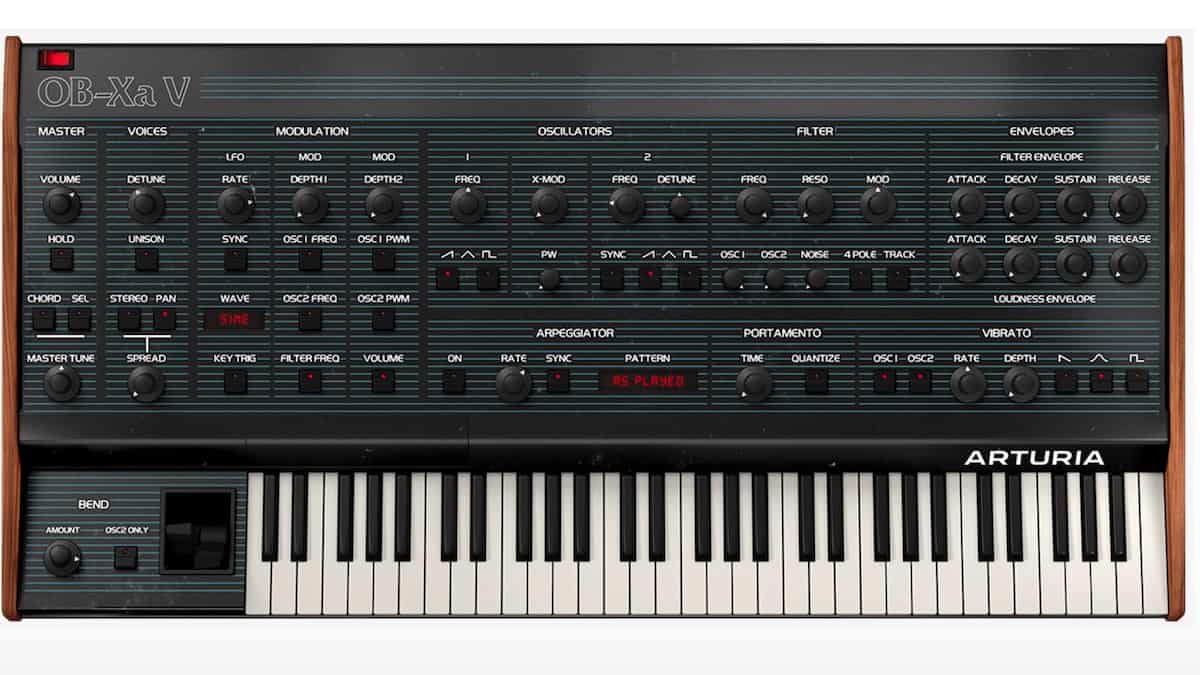Analog
Why Analog Softsynths Are Better Than the Hardware They’re Modeling

Seriously? Are we really still having this debate in 2022?!
You’ve viewing this page to see what kind of human would make such a ridiculous assertion. But actually that human is fully compos mentis, and this is a short editorial to make a very simple point – one that inexplicably seems to be missing from the constant online debates on the subject.
Okay, let’s stipulate that a real classic hardware analog instrument is likely to sound better than even the best software recreation. If not, it will sound subtly different – even if it’s very close. It also has physical controls, and generally feels like the actual instrument that it is.
(Note that we’re talking about purely analog softsynths. Digital ones are a somewhat different conversation, since a digital synth is just a computer that exists in synth hardware clothing. Hybrid digital/analog/ and/or sample-using instruments are also not fair game for this editorial; everyone knows that, say, Spectrasonics Omnisphere is great, and it doesn’t exist in hardware.)

Anyway: the G-Force OB-E sounds so close to the Oberheim 8-voice it’s modeled after that it even has Tom Oberheim’s endorsement, for example. Yet while we don’t own a hardware 8-voice to compare it to, it’s a pretty safe bet that no one would choose the instrument plug-in over the real thing if both were the same price.
And that’s exactly the point: both are not the same price!
Realistically, the choice we face is between owning the softsynth and not owning it, not between the softsynth and the hardware.
Strangely enough, I for one prefer having great instruments to play over not having them. That OB-E synth example is an outstanding instrument, regardless of who can or can’t tell the difference between its sound and the classic hardware’s.
And it’s just one quasi-random example. You can load up as many instances of any softsynth as your computer will tolerate – a lot of them – and recall your entire setup when you load a project. When you’re done, you save time by offline-bouncing the mix to disk, meaning in faster than real time.
So around here, certainly in the softsynth reviews from this particular reporter, the important question is whether the instrument is any good – not whether you can throw away your prized Moogarpherheim thing from the 70s because of it.
If you’re still after more character than you can get by running your software synths through various processing plug-ins, try running your softsynths through a miked keyboard amp. Guitar amps can work too, for an edgier, band-limited sound. This technique, often called reamping, is nothing new, and it can really help bring flat tracks to life.
Let’s close with another point: software synths seem to be getting better these days. Even better, that is.
So the answer to this story’s headline is Because you can’t afford the hardware they’re modeling, but you can afford the softsynth.
Next time someone gets mad at you for liking a softsynth, just send them this way.















